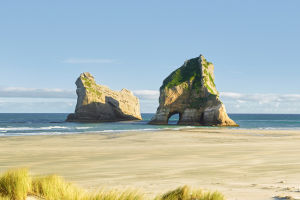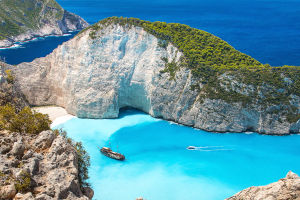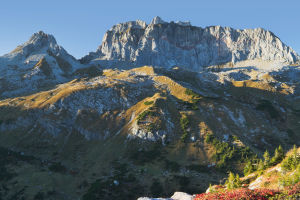Unexpected Discovery
Recent findings in the Seine River in Paris have unveiled the presence of rare mussels once believed to be near extinction.
This discovery has sparked optimism about the effectiveness of ongoing efforts to rejuvenate the river’s health.
The breakthrough came following the historic Olympic swimming events held in the Seine last year, marking the first time in a century that swimming in this iconic river was considered safe.
Scientific Exploration
A team of scientists conducted an extensive examination of water samples from eight locations along the river. Their research revealed the DNA of 23 different types of mussels, including three species classified as endangered.
Additionally, they identified 36 different species of fish, a remarkable tenfold increase from the 1960s. This study was part of a broader investigation into how artificial urban lighting affects local biodiversity.
Innovative Techniques
The methodology employed by the scientists involved analyzing environmental DNA (eDNA), which entails capturing the genetic remnants organisms leave behind in their habitats.
According to Vincent Prié, a hydrobiologist from the Sygen laboratory, the process involves filtering water samples to extract and sequence these genetic materials. This innovative approach enables researchers to compile a comprehensive list of species inhabiting a particular environment.
Rare Species Found
Among the notable finds were the thick-shelled river mussel, the black river mussel, and the depressed river mussel, all categorized as critically endangered.
The depressed river mussel, which can reach lengths of up to 8 cm, had virtually vanished from all but the northeast regions of France. Prié expressed astonishment at locating this species in an urban setting like Paris, emphasizing the significance of such a discovery.
Environmental Indicators
The presence of these mussels is an encouraging sign, as they are known to be highly sensitive to water quality. Each individual can filter up to 40 liters of water daily, thus playing a vital role in the natural purification of the river.
Despite the positive implications of these findings, Prié cautioned against prematurely linking the resurgence of the mussels to specific cleanup initiatives. He suggested that factors such as warmer water temperatures or the influence of urban lighting might also contribute to their return.
Future Research
Ecologist Vincent Vignon, who participated in the study, reiterated that these rare mussels thrive only in relatively unpolluted waters.
He remarked on the intriguing situation in Paris, indicating that there is still much to learn about the environmental dynamics at play. The resurgence of these species offers a glimmer of hope, suggesting that the Seine may be on a path toward revitalization.
The discovery of rare mussels in the Seine is a promising indication of improving water quality and biodiversity in the heart of Paris.
As researchers continue their investigations, the mysteries of the river’s ecological health unfold, potentially signaling a brighter future for urban waterways.


